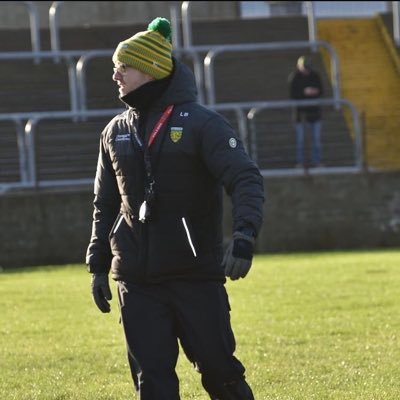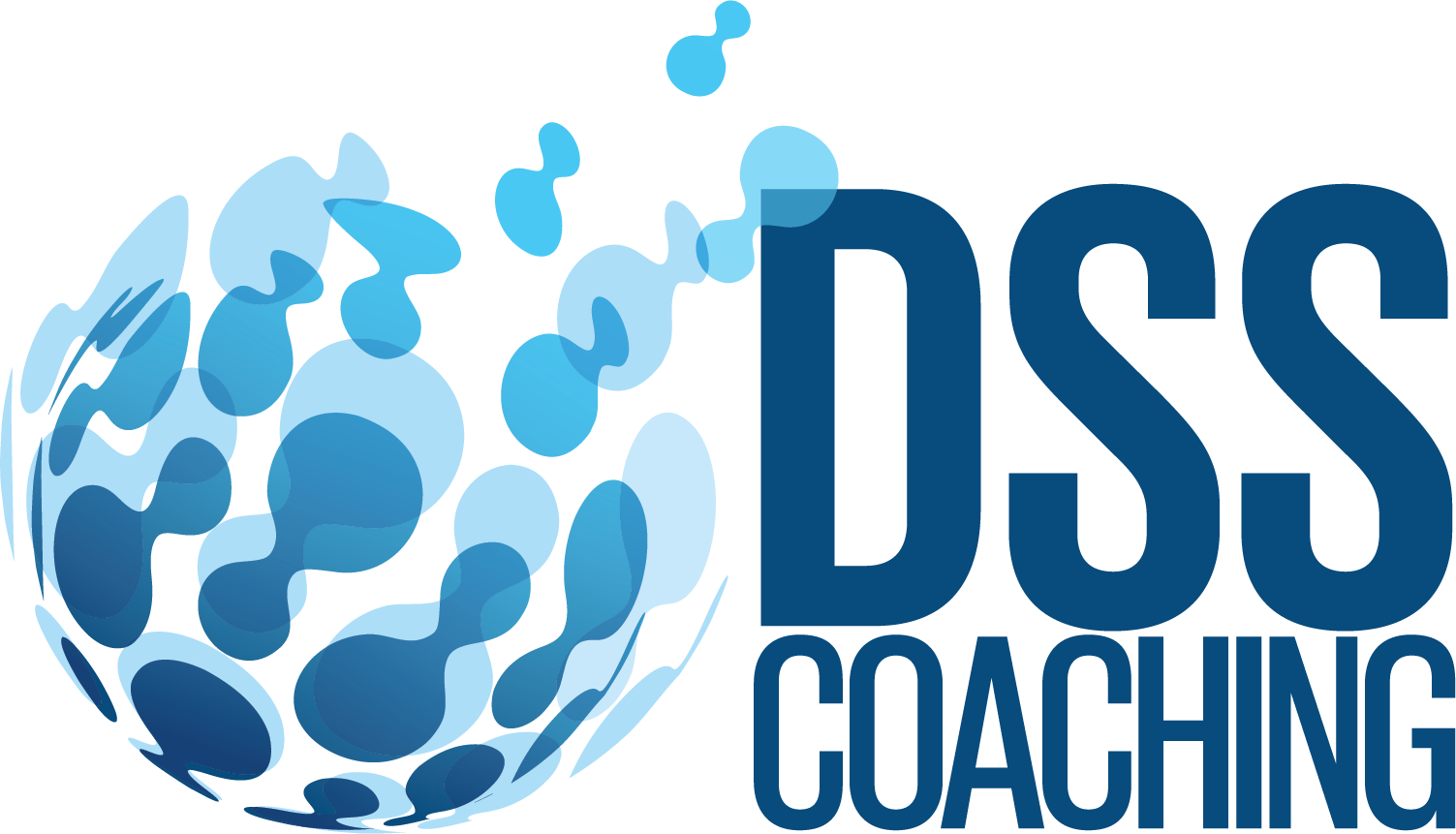
01 Apr A New Approach to Coaching: Games Based Approach – by Luke Barrett
by Luke Barrett (LB GAA & Performance)
Introduction
The GAA since its establishment in Hayes Hotel Thurles in 1884 has arguably been the life and soul of Irish society. In 2020 we were stunned by the global pandemic of Covid 19 which made
us all reflect on what was important to us and what was perhaps not so important. The club championship at the end of the summer months and the thrills of the knock-out senior championship provided life and excitement into what was a tough and challenging year.
Undoubtedly, the GAA is not for everyone but for its supporters it provided a brief respite from the hardships that were occurring around the world and provided us with much needed conversations and discussions that did not involve Covid 19. The makeshift split season has provided considerable discussion and certainly now is a major step forward for the association providing clarity and structure to players, who we must not forget are amateurs representing their parish and county for our entertainment. However, there has been another major development in the GAA recently and that is the debate between the traditional drills based- approach to training and a relatively novel phenomenon in Games Based Coaching.
This article will look at some ideas on games based coaching and why it might be incorporated into our training much more.
What is your philosophy?
Before incorporating any style of coaching firstly we must look at what way we want to play the game. An interesting point made by renowned rugby coach Eddie Jones suggested that you want your team to play with your personality while developing their own unique identity.
We all have different personalities and one mistake that is common in the modern era is copying coaches for the sake of it. An example of this is the famous All Blacks belief of ‘sweeping the sheds’ which is used with so many teams nowadays. What we need to have at the core of our coaching is our ‘why’, both on and off the pitch. The All Blacks are often looked upon as the modern development of sports psychology but it is vital to recognise that what they do is based on their history and their beliefs. We can incorporate these into our environment but we must be authentic and build our culture from within, not a gimmick for the sake of it. This stands true to on pitch coaching as well. If you see a coach doing something and you think that’s an approach I’d like to implement this so you need to ask yourself ‘why’. Is that going to benefit my team? Will the principles of that game approach help the tactical awareness of my players and how we want to play the game? If not then it shouldn’t be utilised. Every coach should have their own ideas on how the game should be played and work with the team to develop their philosophy. We must also adapt to the team and individuals that we have and the beliefs that they may have too in order to get the best out of each player and each team we work with.
Traditional Approach
Coaching in GAA has developed significantly in the last ten years.
However, coaches often fall into the trap of coaching the way that they were coached themselves. Coaching has moved on significantly from the ‘old school’ approach of running laps with one football and a game in the eighties and nineties to predominantly drill based coaching from the noughties and that is regularly used today. The traditional approach would see a pitch covered in cones with well structured and organised drills largely practising the skills of the game in isolation. It must be stated that ‘drills’ or ‘isolated activities’ still very much have a place in our coaching but we must aim to incorporate a decision making element if we are to use them. This approach suggests that developing the skills of the game in a non-competitive largely stress free environment will give technical proficiency to the players basic skills.
There can be no doubt that repetition of an isolated skill will develop technical proficiency but the game of Gaelic football is much more complex than that. The approach of isolated skill practice for 80% of the session and a game at the end leaves out a significant amount (number) of principles that need to be developed along with skill mastery.
A new Approach
Recently, we have seen the development of a ‘Games Based Approach’ to training in the GAA by some forward-thinking coaches. This model is now being pioneered by top coaches in the game like Colm Nally, Conor Laverty, Stephen Roachford, Donie Buckley, Steven Poacher, Rory Gallagher and most famously Paul Kinnerk the current Limerick Senior Hurling Coach.
Although this is a new phenomenon in GAA games based training, it has been a feature of other sports for a long time especially soccer and basketball. This approach is used to develop players’ thinking and decision-making ability putting them in game situations regularly.
In Ireland, we are a traditional society and people are at times reluctant to move away from the status quo. Often if we see new or improved ideas we tend to belittle them or dismiss them without due consideration. There is a demographic out there who long for the days of 15 v 15, man on man combat, and while elements of that remain, Gaelic Games like all sports have evolved and will continue to do so. The reality is that we are living in a developing world and that the game whether for the good or the bad has moved on from the traditional style of catch and kick. The modern game is largely determined by possession and keeping possession of the ball as much as possible. Turnovers and the effect that they have, transition and counter attacks, breaking down mass defences, playing against orthodox and unorthodox styles are all key factors. Arguably the most important element of the current game is the kick-out and the effect that it has on a team’s attack and defence. Therefore, with all these scenarios in a GAA game the question must be asked, how can we prepare all these eventualities by isolated drill practice and expect players to solve problems in a game?
We are now seeing a shift in punditry to match this developing game. Tómas O Se, Jim McGuinness, Peter Canavan and Kieran Donaghy are offering tactical insight to the game and the characteristics that are dominating the current game. The reality is that gaelic games development has accelerated rapidly and we now need to adopt our approach to keep pace with the trends in the game. Whether for better or for worse, that is open to interpretation, the game has moved on and it is vital that we as coaches adapt to this new era. One skill that a coach needs to have is the ability to reflect and if we look at Micky Moran as an example he has coached successfully at the highest level of both club and county for many years. Moran’s ability to adapt to new techniques and trends of the game is an example of a once traditional coach developing to meet the needs of the current game.
Implementing a Games based approach
A games based approach to training is not ‘pick two teams and play’. Undoubtedly, large sided games are a vital component to this approach but that would be lazy coaching. A GBA goes much deeper than that and has many different areas. One thing that should be noted is that the GBA is open to interpretation to each coach’s imagination and there is no one size fits all when implementing this approach. The traditional approach to coaching would have seen a continuum of isolated skill learning, skill development and play a game. This idea suggests that each element of coaching is isolated, all being tied together with a game at the end. Kinnerk (2018) debunks this myth suggesting that tactical knowledge, decision-making, skill execution are all tied together and can be developed together. Further interesting research by Kevin Walsh suggested that the ratio of a player in contact with the ball is 1:59 minutes in a club game and 1:69 in an intercounty game. That means that as coaches it is essential that we are coaching players on the ‘invisible game’ how players move off the ball and how they can impact the game when not involved directly. Players waiting behind each other in lines are not developing any game awareness if this is the case. We as coaches now need to put players into positions in training that they may see in a game situation, where what they do in training will be replicated in a game. Famously, the All Blacks pride themselves on training in pressure environments and this is further evident by Limerick Hurlers regularly have suggested that training is much more difficult than any game they play. If we take Dublin as an example they changed their game incorporating basketball and soccer tactics into breaking down defensive teams. They pride themselves on skill mastery and decision-making, adapting to all situations. Interestingly, after the 2018 All Ireland Final Niall Morgan remarked that Tyrone had three different kick-out strategies and by the 20th minute of the game, the Dublin players on the pitch had the three figured out. This level of thinking was developed by being placed in challenging positions in training and encouraged to solve the problems themselves.
Designing games
As coaches we are our own best resource when it comes to developing games and getting ideas from each other. However, we need to be authentic in our approach and design and develop strategies to suit our philosophy and how we want our team to play, while also developing the tactical themes of GAA. Everything we do in training must have our ‘why’ behind it. It is pointless stealing a drill from an intercounty warm up if it is not going fit the theme we are trying to work on in that particular session. When designing games according to Colm Nally (2020) we must look at four components – opposition, scoring, decision-making, and a set of rules. That provides us with a wide variety of possibilities with many exercises being adopted by including a decision-making element for example. Overloads, as an example, provide opposition but still provide enough space and time to work on the basic skills of the game. Here, we could have a five v one in an area of the pitch working on kicking. That one player providing a small amount of opposition is providing a decision making element in which players are forced to move and execute kick passes in an opposed environment. As a coach, my aim would be to make players execute the basic skills excellently under pressure or in a game environment at training so they can take that to a game. Famously Jonathan Sexton and Roy Keane both viewed each training session as an opportunity to prepare to perform and that the tougher the environment the more ready they felt to perform. This underlines the point that we must provide players with pressure situations and expose them to many different scenarios in order to develop decision-making and skill mastery under pressure.
What would a session look like?
A question I’m often asked as a coach ‘what is the perfect session’? I am still searching for the correct answer to that query. As part of this paper I asked six county footballers and three inter county coaches what the ‘perfect’ session would look like to them. Interestingly each person had a different answer but very much contained the same themes. Executing the basic skills in high pressure environments, games and scenarios of high intensity, a mixture of small, medium and large sided games, and developing a tactical awareness of the game plan. If this is the information being presented by the elite people involved in our game this should then be a starting point for us coaches on how to develop our sessions to incorporate these as much as possible. As I’ve previously mentioned there is no ‘right’ or ‘wrong’ way of coaching there are just ideas. Some coaches like to work on a principle like transition and develop sub principles like support play for a session. That session might look like a warm up, game scenario where no instructions are given, questioning and insight into the session, activities focused on in support play and game scenarios where support play might be highlighted This is the preferred method by Paul Kinnerk. Another example might be the general theme of attacking for a session and games will incorporate different elements of attacking, for example quick ball to the forwards and breaking down a mass defence. Here the idea of unopposed and semi-opposed shooting could be used as part of a deliberate practice section of the session. What is important is to plan your session well, have a clear picture of what you want to work on and develop your activities and games around this. Each session should challenge players to make decisions and put them under pressure in various scenarios while underpinning the style of play that you want the team to have.
Developing Thinking Players
My love of coaching came from my father who taught me all I know about coaching and he often used the line ‘the best players think on the pitch all the time’. As coaches using game based training we aim to develop thinking players. We must develop a co-learning environment where it is no longer the traditional manager and players but an environment of togetherness.
We need to develop and empower players to make decisions on the pitch and solve problems themselves without reliance on the coach on the sideline. Throughout training one practice I have developed is after a game players get two minutes to come up with the problems they have seen and how they should solve these issues. What you will find if you are willing to give up power the players are the people on the pitch and they will know far more that is going on than you as the coach and may have a completely different outlook. If we utilise questions throughout training especially higher order questions challenging players to develop a deeper understanding of the game we will see a better thinking player emerge. Questions must not be simple, we must challenge the players to think by asking open ended questions giving players the opportunity to say what they see and feel. A simple technique that I have utilised is picking two teams and giving each team a tactic board each. This idea from Steven Poacher encourages players to come up with their tactics and the other tea must adapt quickly and solve the problems that they are presented with.
Conclusion
This article has outlined some ideas on Games based coaching and the benefits that it might have for some coaches. It must be stressed that there is no one size fits all approach to coaching, it is a minefield of information and new research is emerging all the time. A mentor of mine Paul Fisher once said ‘it’s about putting players in situations they will see in games while incorporating the patterns you want to play’. Creating a games based environment does not need to be completed and often the simple games can have the most benefit to players. As coaches this approach can look messy and chaotic at the start and we as humans may be tempted to revert back to type if we do not get the desired outcome right straight away. We must be brave to work with our beliefs and change the narrative to further enhance the development of our players tactically, technically, physically and mentally. I will conclude with one final scenario painted by Colm Nally, if you arrive at training with one ball, a bag of bibs and tell the players that you will be out in 15 minutes, will they set up a hand passing drill or will they play a game?
You can find Luke on twitter



Jimmy langan
Posted at 10:51h, 01 AprilHave u any games u use or drills